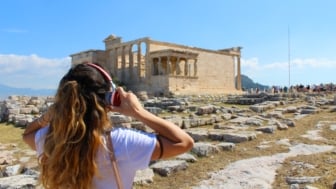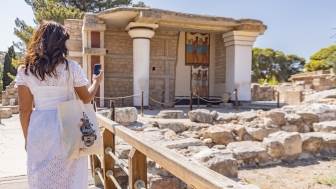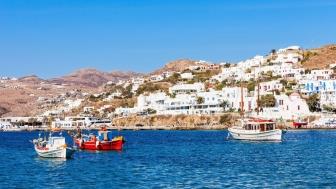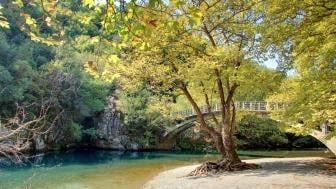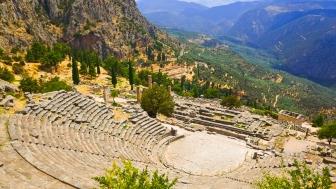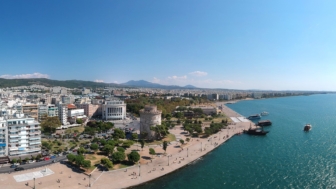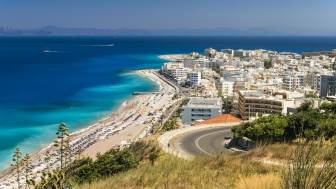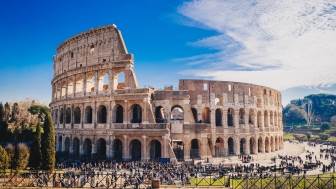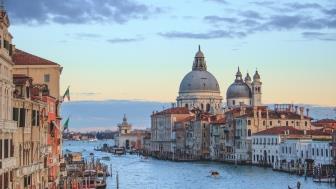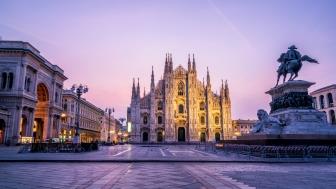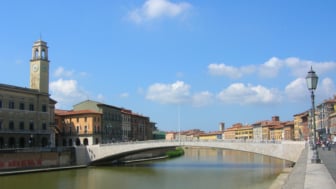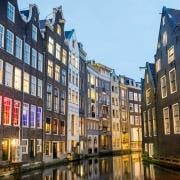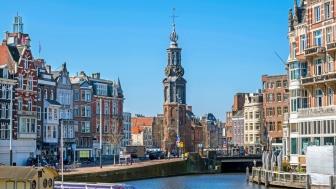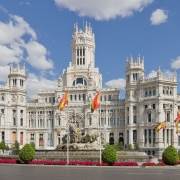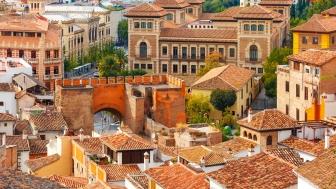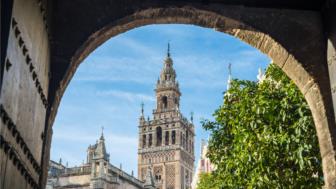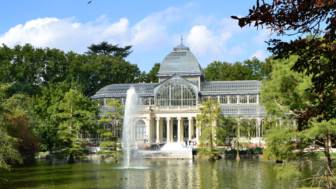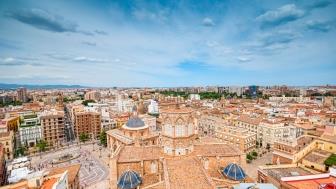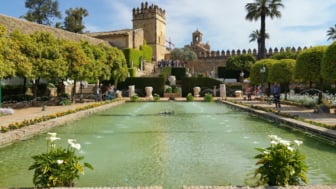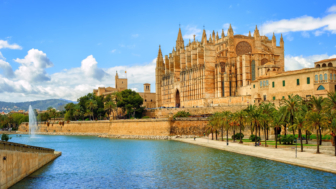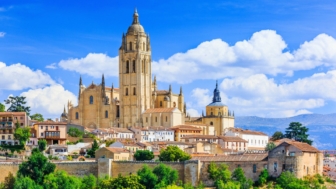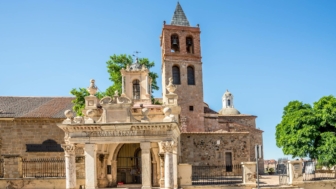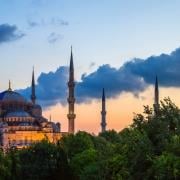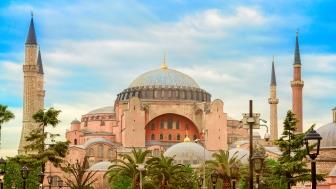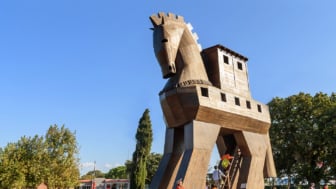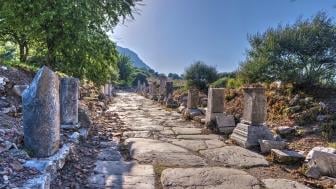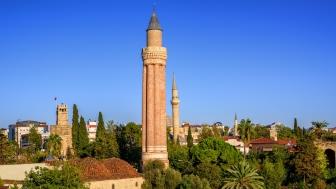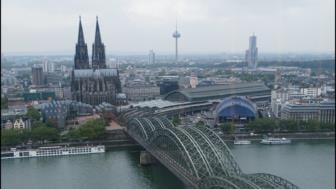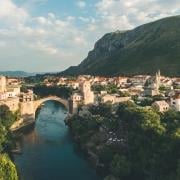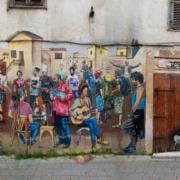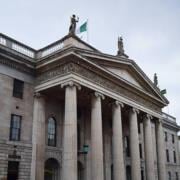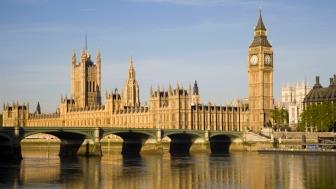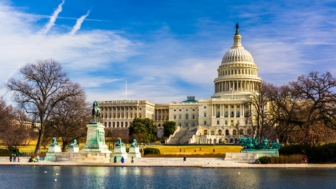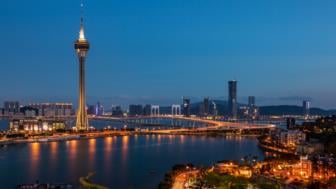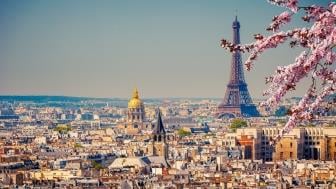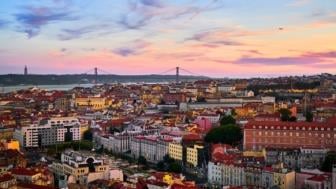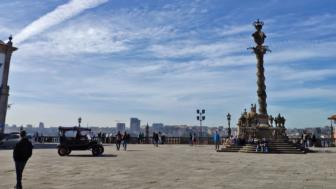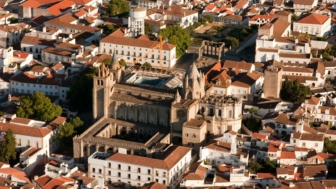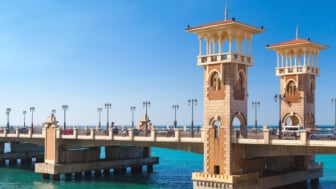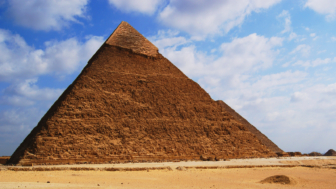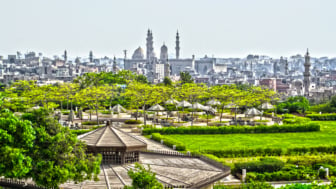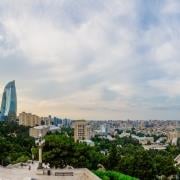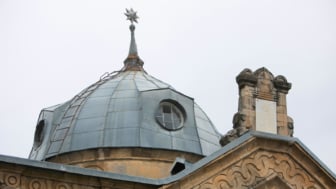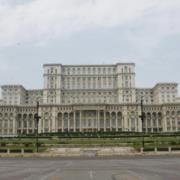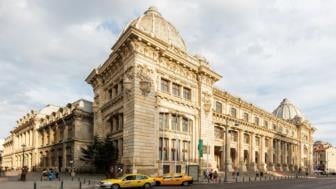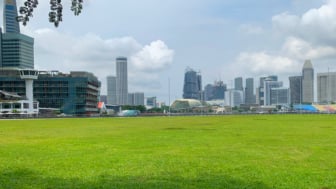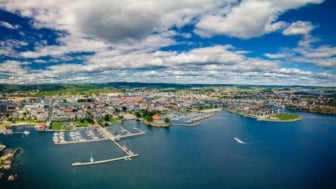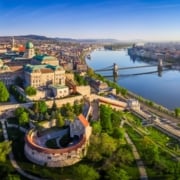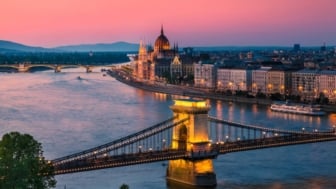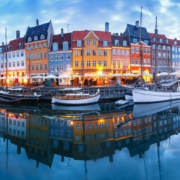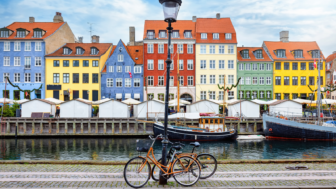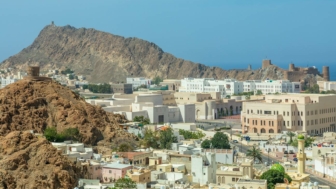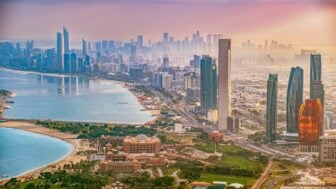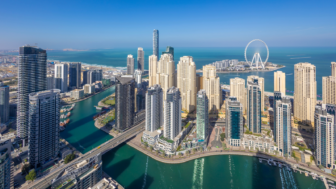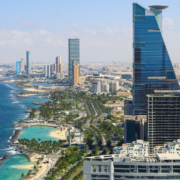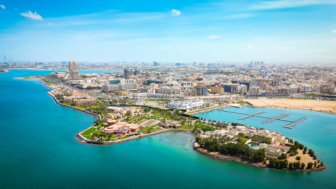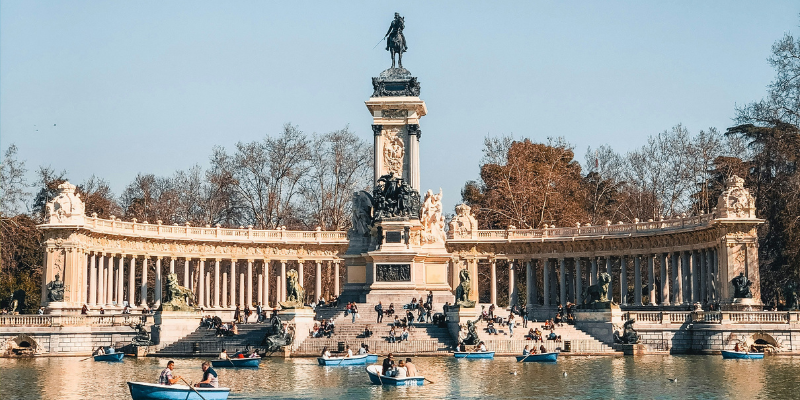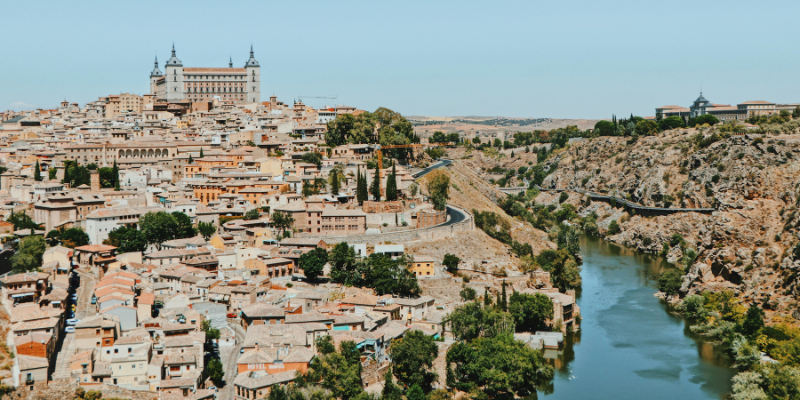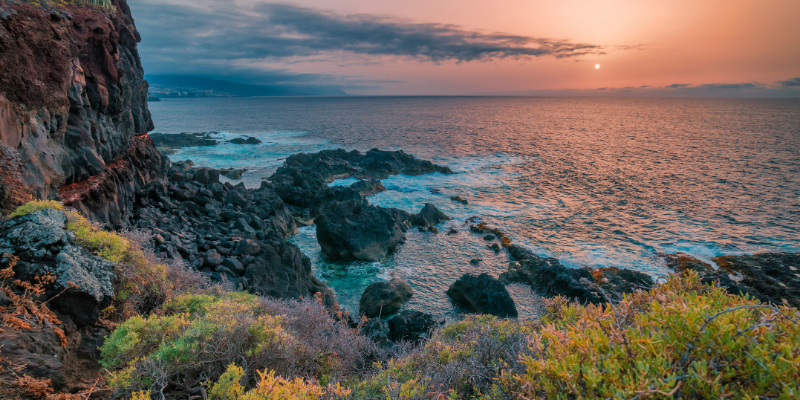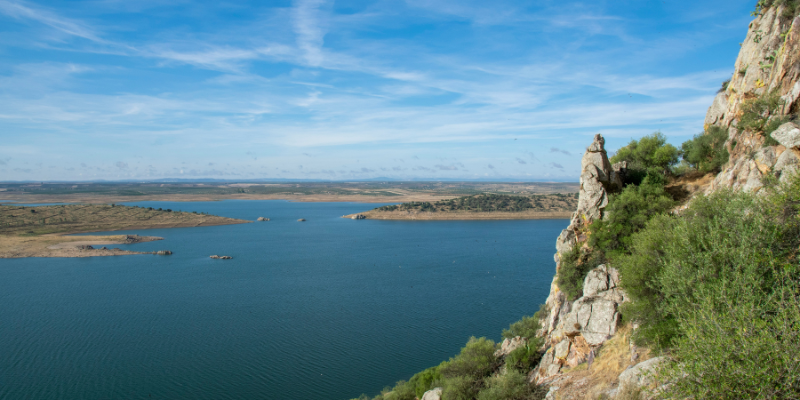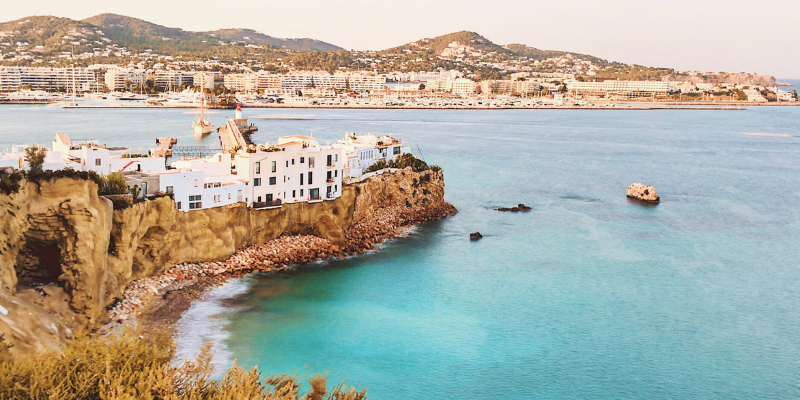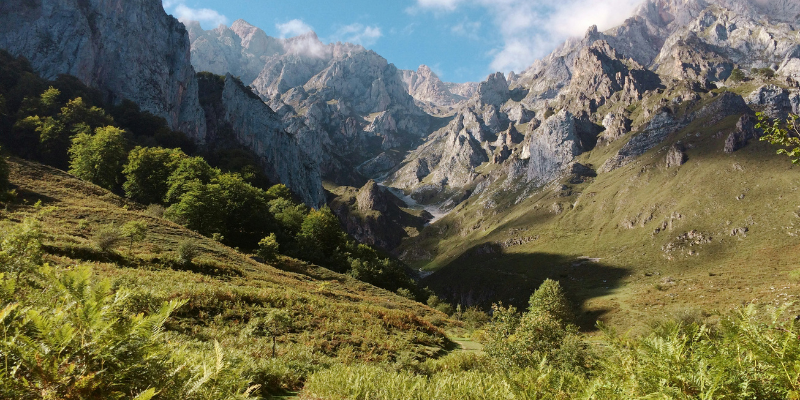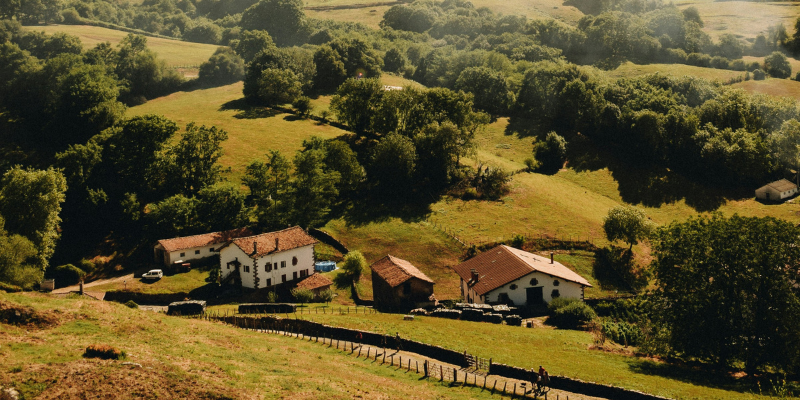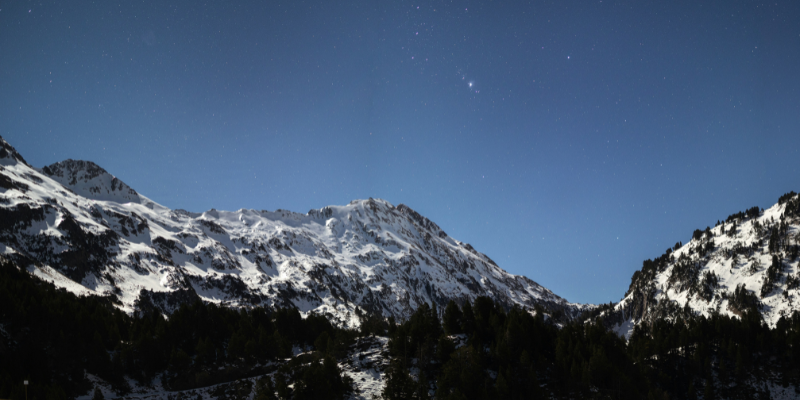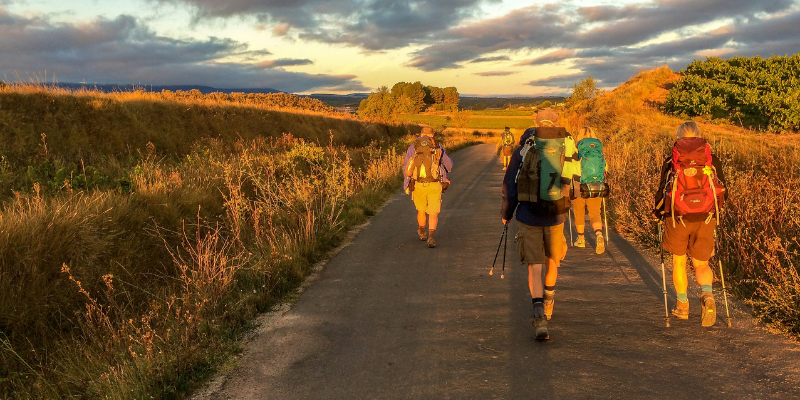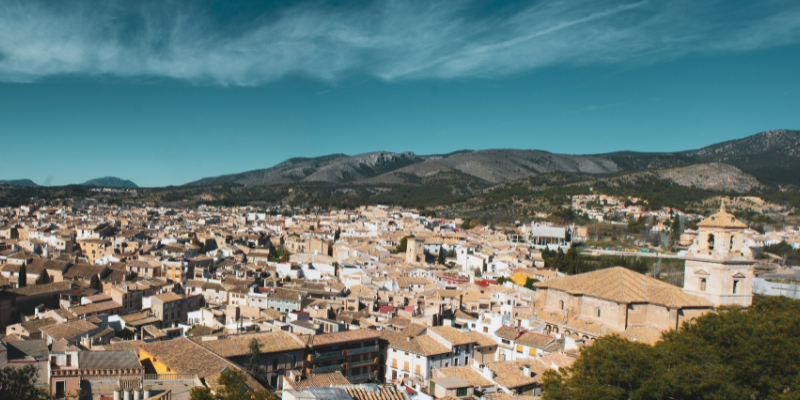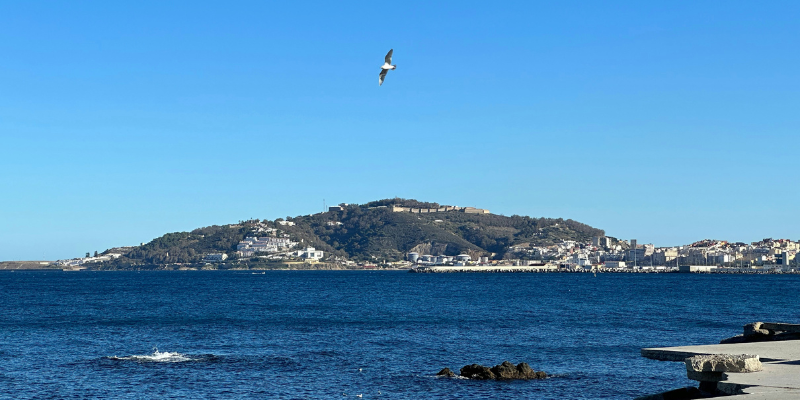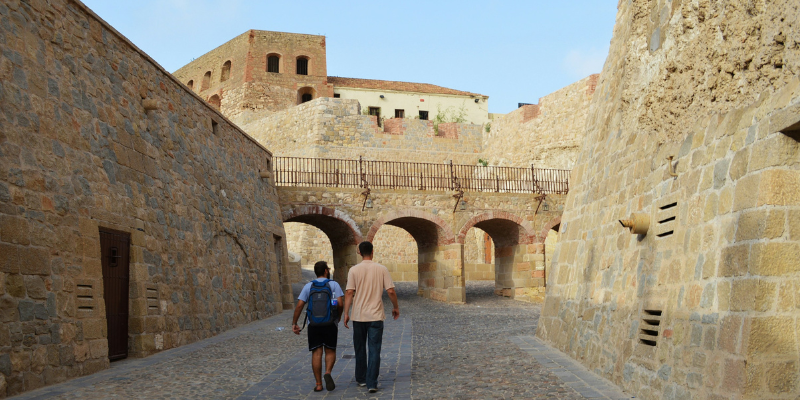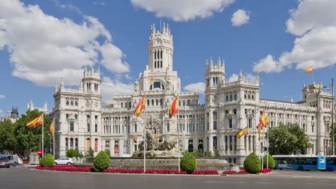Spain, a land of rich history and diverse cultures, is divided into 17 autonomous regions, each with its unique identity. Along with the two fascinating autonomous cities in North Africa, Ceuta and Melilla, these regions create a mosaic of traditions, languages, and customs that make Spain a truly captivating country.
1.Andalusia: Flamenco and Festivals
Andalusia, in southern Spain, is synonymous with flamenco music and dance. Cities like Seville, Granada, and Córdoba are famed for their historical landmarks, such as the Alhambra and the Mezquita. The region’s vibrant festivals, like Feria de Abril and Semana Santa, draw visitors from around the world.
2. Catalonia: Modernism and Independence
Catalonia, with its capital Barcelona, is renowned for its modernist architecture, including Gaudí’s masterpieces like the Sagrada Família. The region has a strong sense of identity and an independence movement, reflected in its distinct language, Catalan.
3. Madrid: Spain’s Beating Heart
Madrid’s capital region is the political and cultural heart of Spain. It’s home to the Royal Palace, the Prado Museum, and the bustling Gran Vía. You don’t want to miss Madrid’s tapas culture and lively nightlife.
4. Valencia: City of Arts and Sciences
On the eastern coast, Valencia is known for its futuristic City of Arts and Sciences, beautiful beaches, and the world-famous Las Fallas festival. Paella, Spain’s iconic dish, originates from this region.
5.Galicia: Celtic Influences
In the northwest, Galicia stands out with its Celtic heritage and the pilgrimage city of Santiago de Compostela. The region is known for its lush landscapes, seafood, and the unique Galician language.
6. Basque Country: A Unique Language and Culture
The Basque Country, with cities like Bilbao and San Sebastián, boasts a unique culture and the Euskara language. It’s known for its pintxos (tapas), the Guggenheim Museum, and a strong sense of regional pride.
7. Castile and León: Historical Treasures
Castile and León is a region rich in medieval history. It features impressive cathedrals, castles, and universities, particularly in Salamanca and Burgos. The area is also known for its delicious roast suckling pig.
8.Castile-La Mancha: Land of Don Quixote
Home to the iconic windmills of Don Quixote, Castile-La Mancha is a land of vast plains and charming villages. The region’s manchego cheese and hearty stews are culinary highlights.
9. Canary Islands: Volcanic Beauty
The Canary Islands, off the northwest coast of Africa, offer a paradise of volcanic landscapes, sandy beaches, and diverse flora and fauna. Tenerife and Gran Canaria are popular tourist destinations.
10.Extremadura: Undiscovered Gem
Tourists often overlook Extremadura, yet it boasts Roman ruins in Mérida and medieval architecture in Cáceres. The region is known for its Iberian ham and natural parks.
11. Balearic Islands: Mediterranean Bliss
The Balearic Islands, including Mallorca, Menorca, and Ibiza, are famed for their stunning beaches, vibrant nightlife, and historical sites. Various Mediterranean civilizations influence the islands’ distinct culture.
12.Asturias: Natural Paradise
Asturias is known for its green landscapes, rugged coastline, and the Picos de Europa mountains. The region is famous for its cider and hearty Asturian cuisine.
13.Cantabria: Coastal Charm
Cantabria offers picturesque seaside towns, prehistoric caves like Altamira, and the scenic Picos de Europa. The region is known for its seafood and dairy products.
14. Navarra: Festivals and Fortresses
Navarra is celebrated for the Running of the Bulls in Pamplona and its impressive medieval fortresses. The region’s diverse landscapes range from lush forests to arid plains.
15. Aragon: Land of Legends
With its capital Zaragoza, Aragon features stunning Mudejar architecture and historical landmarks. The region’s folklore and legends add to its cultural richness.
16. La Rioja: Wine Lover’s Paradise
La Rioja is synonymous with Spanish wine. The region’s vineyards and wineries produce some of the best wines in the world. Logroño, the capital, is a hub of gastronomy and culture.
17. Murcia: Sun-Kissed Land
On the southeastern coast, Murcia is known for its sunny climate, orchards, and beautiful beaches. The region’s rich history is reflected in its architecture and festivals.
Ceuta and Melilla: Spain in Africa
Ceuta and Melilla, Spain’s autonomous cities in North Africa, offer a unique blend of European and African cultures. Ceuta boasts a multicultural heritage with influences from Christianity, Islam, and Judaism. Melilla’s modernist architecture and bustling port reflect a fascinating blend of Spanish and Moroccan traditions. Both cities are known for their strategic military significance and diverse communities.
Spain’s regions, including Ceuta and Melilla, are a testament to the country’s rich cultural tapestry. Each area, with its unique traditions, languages, and histories, contributes to Spain’s vibrant and diverse identity.
-
Duration: 4h 50min
-



